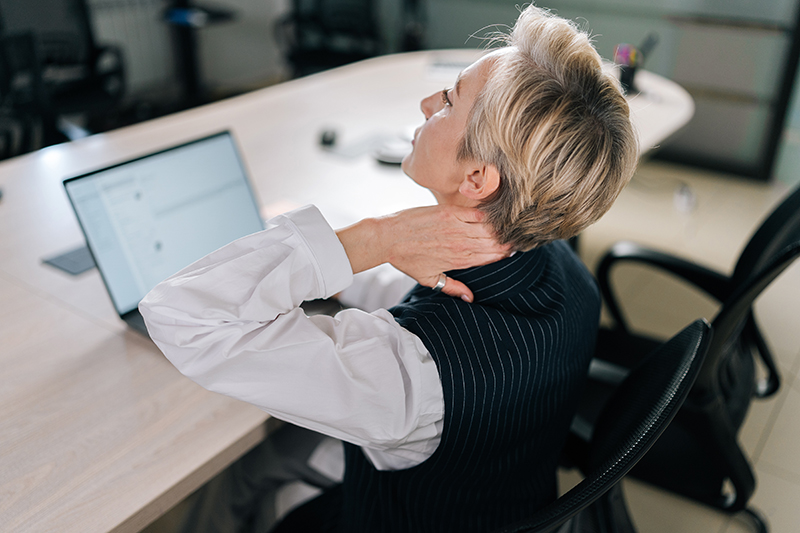Understanding Kyphosis
Kyphosis, commonly referred to as a “hunched back,” is an excessive curvature of the spine, particularly in the upper back. This condition can occur at any age but is frequently seen during adolescence. Addressing kyphosis requires specific stretching and strengthening exercises to improve posture and reinforce spinal health. Severe cases may lead to pain, significant spinal deformities, and even breathing difficulties.

Structure of the Spine
The human spine is divided into three segments, forming three curves when viewed from the side. The cervical and lumbar regions exhibit a C-shaped curve known as lordosis, while the thoracic spine shows a reverse C-shaped curve called kyphosis. These natural curves are crucial for balance and upright posture. A deviation in the curvature can lead to difficulty in standing straight and a noticeable postural imbalance.
A normal spine has three gentle curves when viewed laterally. The spine consists of 24 rectangular-shaped bones, called vertebrae, stacked on top of each other. These bones create the spine’s natural curvature and form a protective pathway for the spinal cord. Between the vertebrae are flexible intervertebral discs, which are flat, round, and about half an inch thick. These discs cushion the vertebrae, absorbing shock during activities like walking or running.

Symptoms of Kyphosis
The symptoms of kyphosis vary depending on the cause and severity of the curvature:
- Exaggerated thoracic curve leading to a hunched back
- Rounded shoulders
- Protruding shoulder blades
- Forward head posture
- Anterior pelvic tilt
- Shortened pectoral muscles (pectoralis major and minor)
- Weakness in the spinal erectors and scapular retractors
- Tight cervical extensors and sternocleidomastoid muscles
- Tight and rigid hamstrings

In rare cases, kyphosis can lead to more severe complications such as:
- Leg weakness, numbness, or tingling
- Loss of sensation
- Changes in bowel or bladder habits
- Shortness of breath or other breathing difficulties
If kyphosis is observed when viewed from the side in a mirror, it can often be corrected through posture correction treatments.
Correction Methods for Kyphosis
Manual Therapy (Chiropractic Care)
Manual therapy involves treatments performed by hand. At Gangnam Seran Clinic, our experienced spinal physical therapists with over 20 years of expertise use techniques such as hand manipulation or Graston therapy for myofascial release to correct spinal and joint imbalances.

Exercise-Based Correction
Gangnam Seran Clinic offers personalized exercise regimens tailored to the patient’s condition. Shortened muscles are stretched, and relaxed muscles are strengthened to achieve balance and correct misaligned postures. Since muscles support bones, maintaining muscle balance through exercise is crucial for effective posture correction.
Specialized Machine Treatments
The effectiveness of treatment can be enhanced by combining manual and exercise therapies with specialized equipment like extracorporeal shockwave therapy or high-frequency heat treatment, which help relax shortened and stiff muscles.
Advanced Posture Assessments at Gangnam Seran Clinic
At Gangnam Seran Clinic, we don’t just take X-rays. We conduct comprehensive posture assessments, including full-body postural photographs, dynamic plantar pressure (gait) analysis, muscle range of motion checks, and leg length discrepancy evaluations. Understanding that the body is an integrated system, we tailor our treatments to each patient’s overall balance, ensuring effective and personalized care. Trust Gangnam Seran Clinic for top-notch kyphosis correction and posture improvement.
Related Post : Navigating the Path to Correcting Round Shoulder Syndrome













